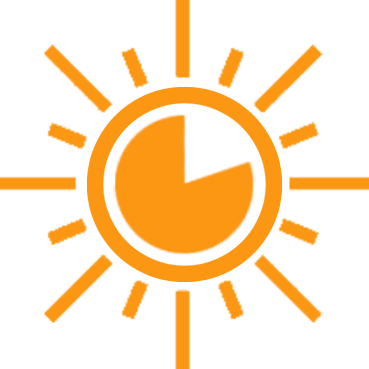Heart Rate Variability: What It Tells Us About Health and Longevity
- Jeff Floyd, DC

- Oct 8
- 2 min read

When it comes to measuring health, most of us think about resting heart rate or blood pressure. But there’s another, often-overlooked marker that can reveal a lot about resilience, stress, and even longevity: heart rate variability (HRV).
What Is HRV and Why Do We Measure It?
HRV refers to the variation in time between heartbeats. While your pulse may average 60 beats per minute, the space between those beats isn’t perfectly uniform. A higher degree of variation signals that your nervous system is flexible and responsive, while a lower degree suggests stress or strain on the body.
HRV and Mortality Risk
Research shows that low HRV is strongly associated with higher mortality risk. A consistently low HRV indicates that the body’s autonomic nervous system—responsible for regulating stress, recovery, and overall balance—is under strain. Conversely, higher HRV is linked to better cardiovascular health, lower stress, and greater longevity.
Why Athletes Value High HRV
For athletes, HRV is like a window into recovery. A high HRV means the body is well-recovered and ready for training, while a low HRV may signal fatigue, stress, or overtraining. This is why elite athletes monitor HRV daily—it helps them fine-tune training loads and prevent burnout.
Factors That Influence HRV
Many factors affect HRV, including:
Sleep quality – Poor or irregular sleep reduces HRV.
Stress – Psychological and emotional stress lower HRV.
Exercise – Moderate training raises HRV, but overtraining lowers it.
Alcohol, caffeine, and dehydration – These can significantly reduce HRV.
Age and genetics – HRV tends to decline naturally with age.
Measuring HRV and Best Wearables
HRV is best measured during rest, ideally overnight or right after waking up. Today’s wearables make it easy to track trends over time. Popular options include WHOOP, Oura Ring, Apple Watch, and Garmin devices. Even my personal Sleep Number bed tracks my HRV when I'm sleeping. Each offers slightly different algorithms, but the goal is to observe personal trends rather than compare numbers with others.
Interpreting Your HRV
One of the most important things to understand is that HRV varies widely between individuals. A “good” HRV for one person might be very different for another. The key is to track your baseline and patterns over time. If your HRV is consistently lower than usual, it may signal stress, illness, or the need for more recovery.
The Bottom Line
HRV is not just for elite athletes—it’s a powerful tool for anyone seeking better health, resilience, and longevity. By learning what your HRV baseline is and how lifestyle factors influence it, you can use this number to guide better daily decisions.





Comments